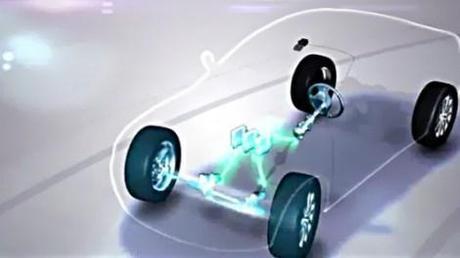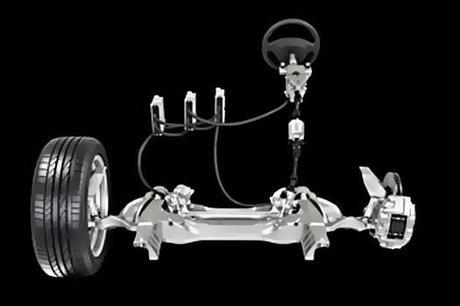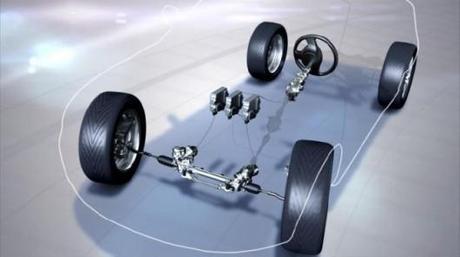
As much as computers have permeated our lives, some things have remained old-fashioned. Just look at automobiles. Despite the presence of computer diagnostic systems, and built-in support for iPods, smartphones, and Siri, modern cars still largely rely on mechanical technology. Nissan is trying to change that, with drive-by-wire steering tech that has been long in development, but slow in real-world implementation.
Drive-by-wire tech has been held up as a “technology of the future” for well over a decade. It replaces the traditional mechanical relationship between steering wheel and tires with an electronic one. At least in theory, the biggest advantage of the system is that tires respond to driver input almost instantaneously.
Nissan’s version is being marketed as “steer-by-wire,” and will be introduced to some Infiniti models in 2013. The company says that this will be the first mass implementation of the tech in commercial vehicles.
Process and Advantages

How does it work? The system interprets the driver’s input from force applied to the steering wheel. This information is fed to multiple electronic control units (ECUs). The ECUs then process this information and turn it into instructions for the steering angle actuator, which turns the front wheels. It can make driving less like manual labor, and more like a video game.
In addition to the instantaneous response times, Nissan also touts the system’s ability to adjust for road feedback – so if you’re driving along a street with a harsh surface, you won’t have to grip your bucking, shaking steering wheel for dear life. Since the steering wheel/tire relationship is electronic, distracting feedback from bumps and uneven pavement can be filtered out before being felt by the driver. Nissan describes it as steering that doesn’t fight back.
Nissan’s system also mounts a forward-facing camera onto the rear-view mirror. It scans the road ahead, and sends information about lane detection and the vehicle’s direction of travel to the steer-by-wire system. Discrepancies are then adjusted for with an opposing force to the tire angle – if the car starts drifting to one side, for instance, the system will automatically steer the car back towards the center of its lane. It sounds like something from Terminator, but a successful implementation could make driving more smooth and relaxing.
Problems?

Purists will look at a system like this and cringe. As reliable as computers can be, many are hesitant to trust one for something as critical as steering.
Nissan claims to be prepared for malfunctions, as its system ships with multiple redundant ECUs. That way, if one fails, another steps up to take its place. In the event of a complete loss of power, a backup clutch will step in and restore a traditional mechanical tire/steering relationship.
Even if everything works as marvelously as Nissan claims, though, there may still be one huge drawback: cost. A big reason for the slow implementation of these systems is that they’re more expensive than old-fashioned steering systems. If you’re paying for a new car, you may prefer to get more bang for your buck in other areas.
What do you think: is the future now for drive-by-wire systems, or is it too pricey and risky to be worth the trouble? Drop us a line in the comments … and in the meantime, you can check out Nissan’s promotional video below.
Source: Nissan via
IEEE Spectrum

